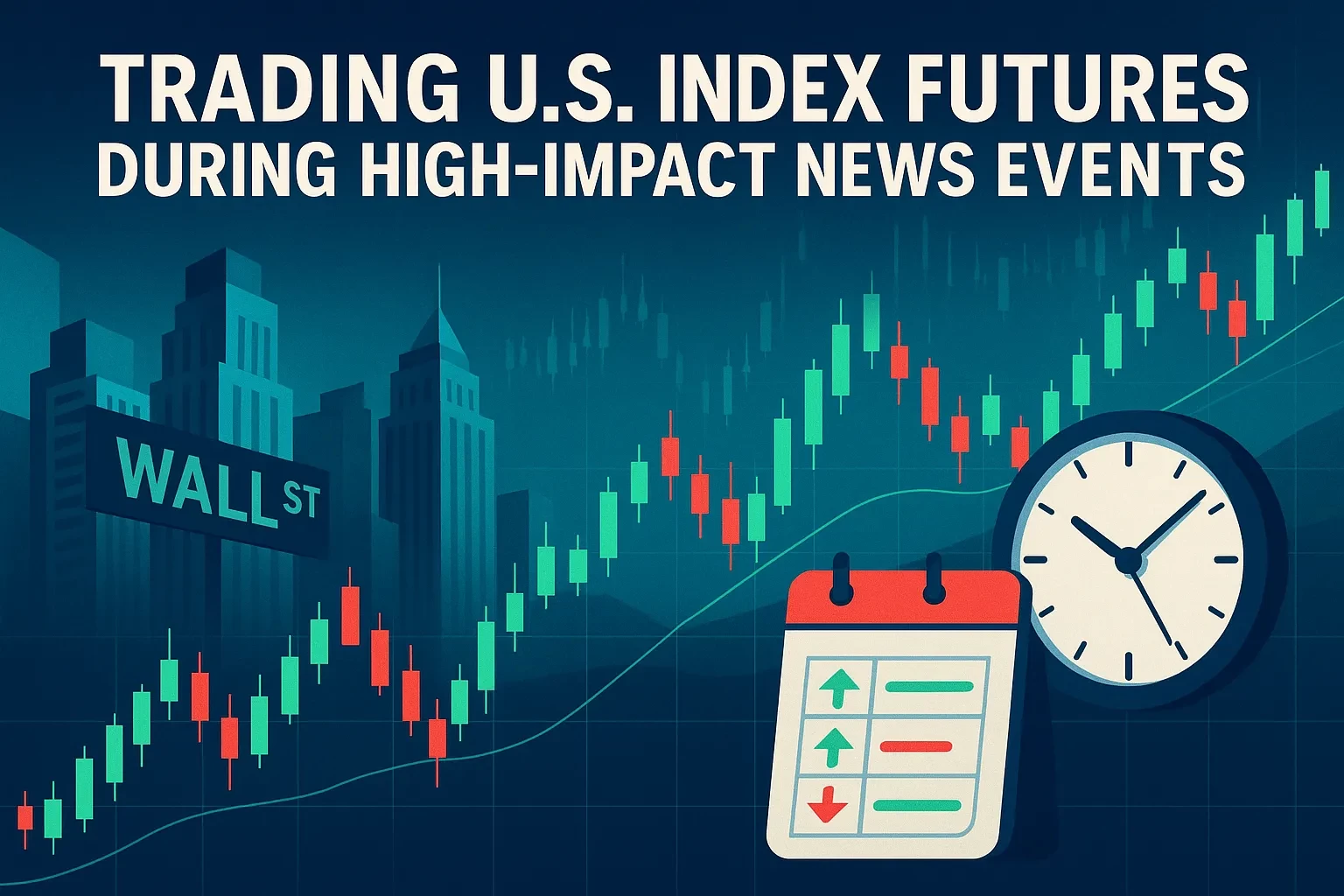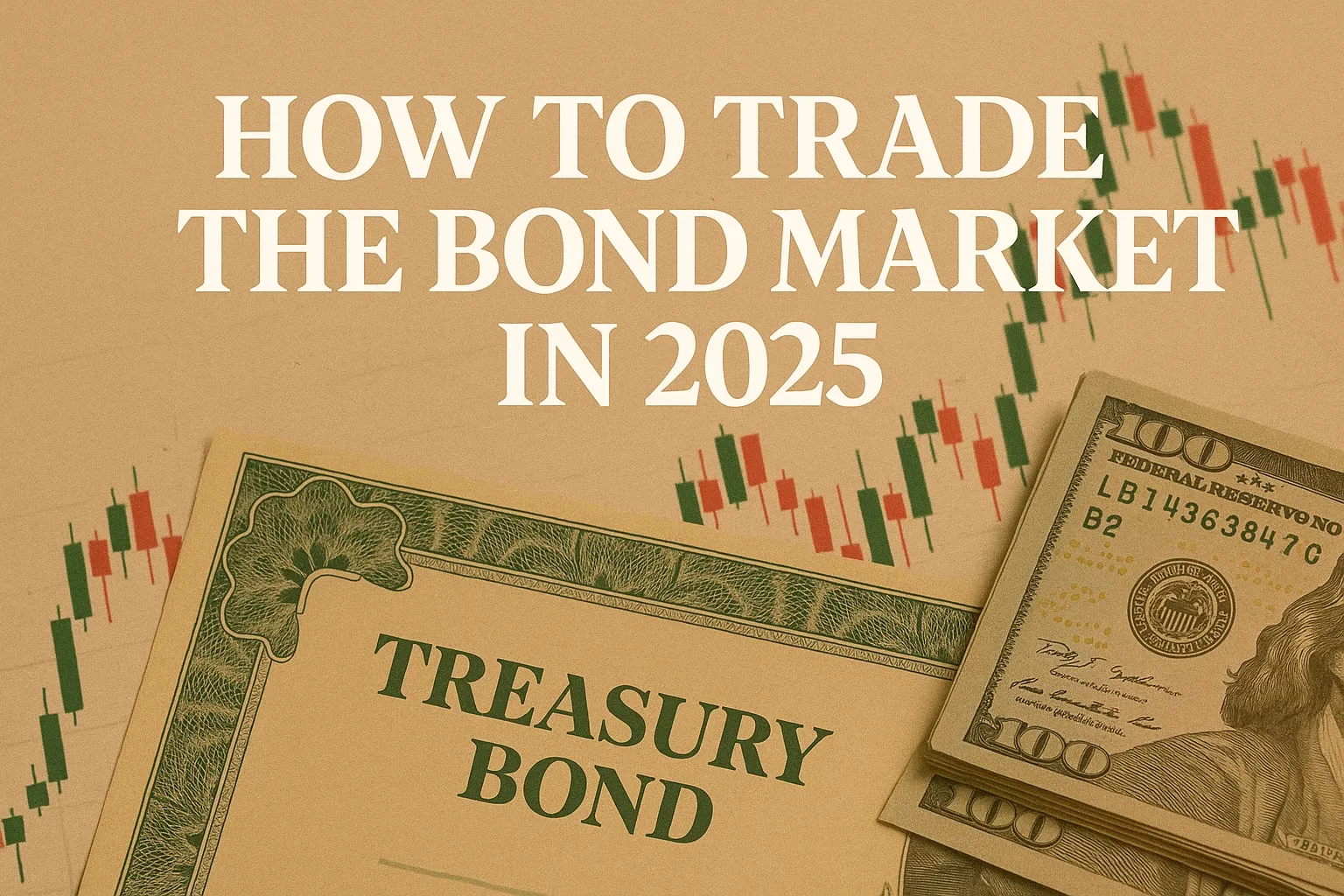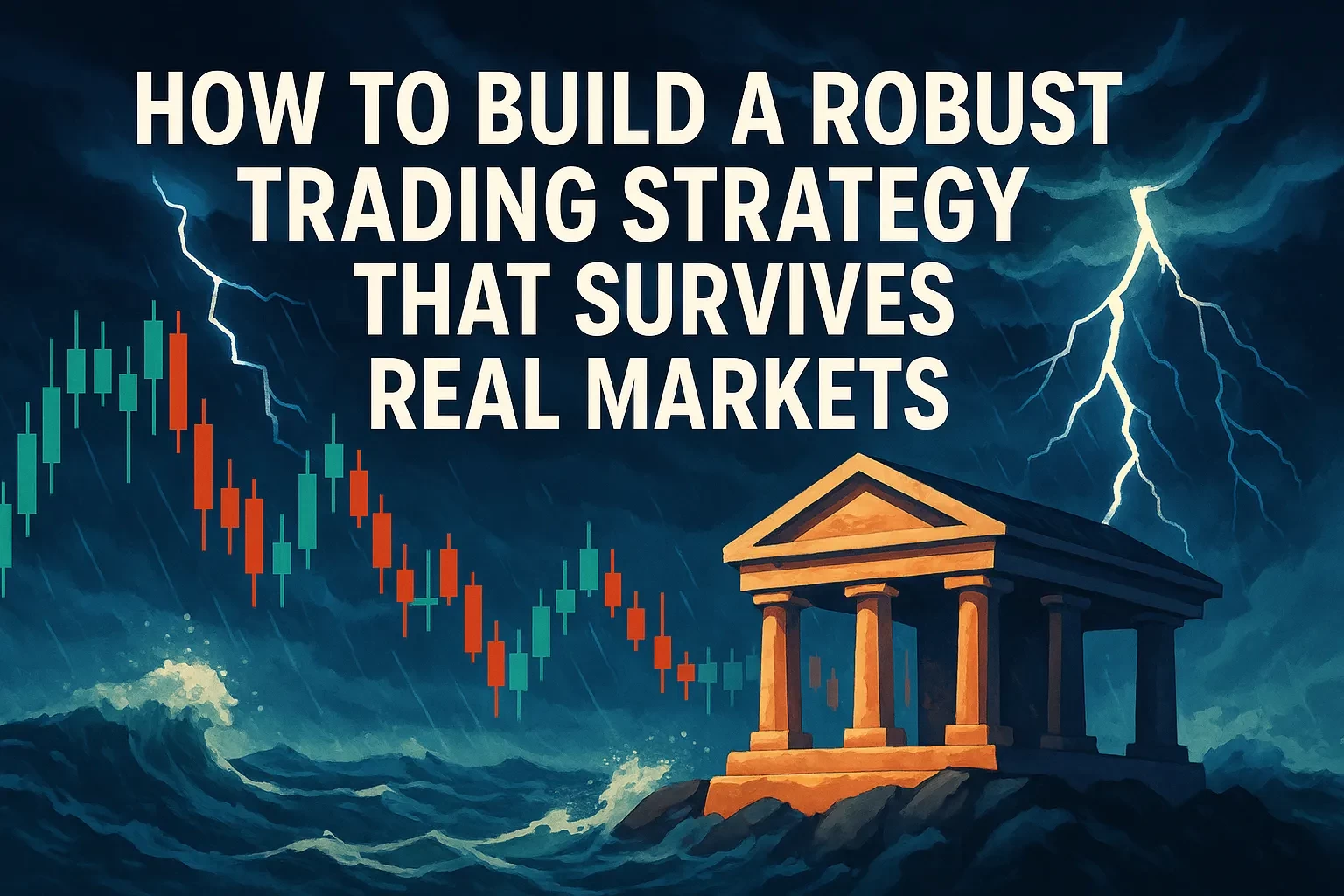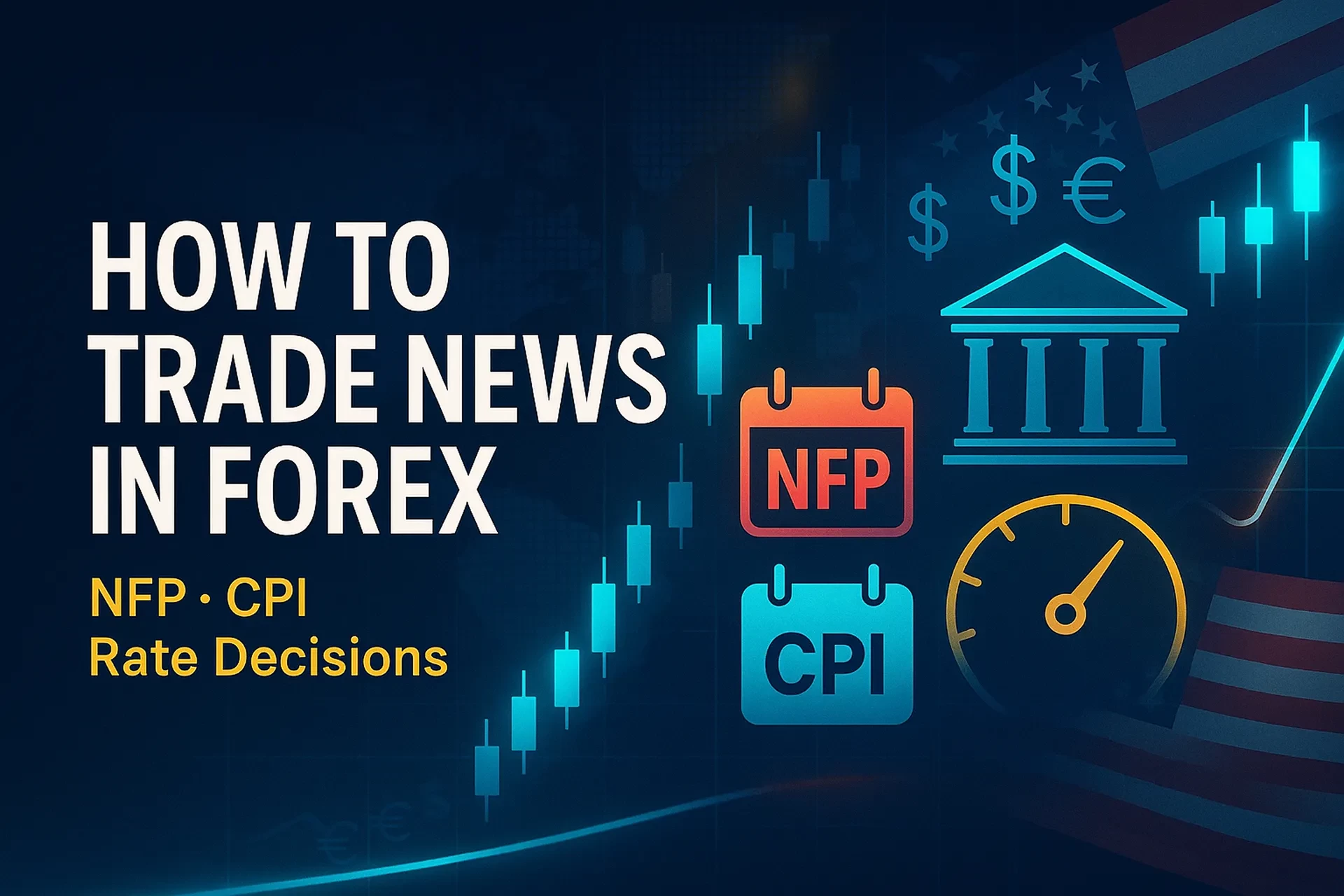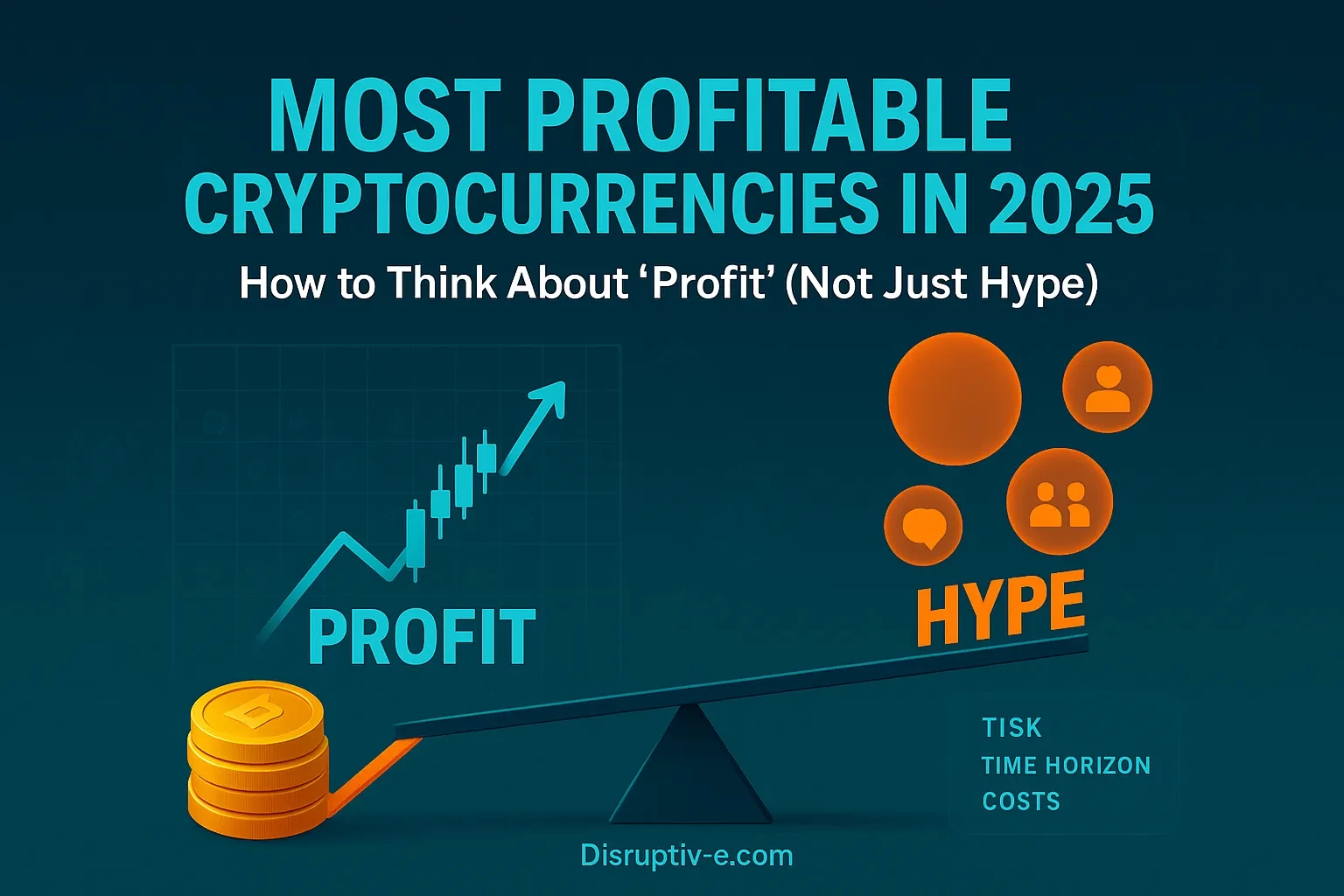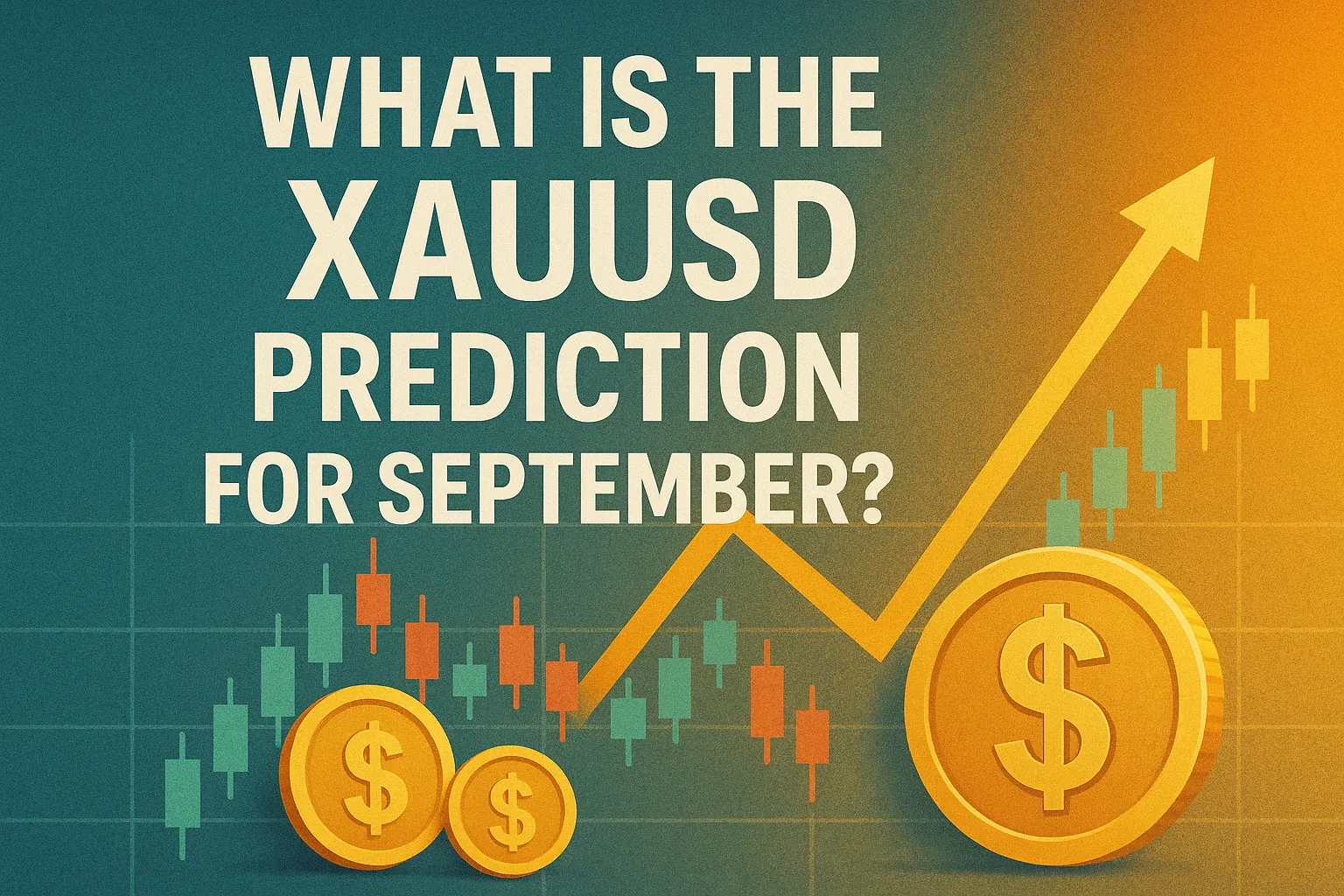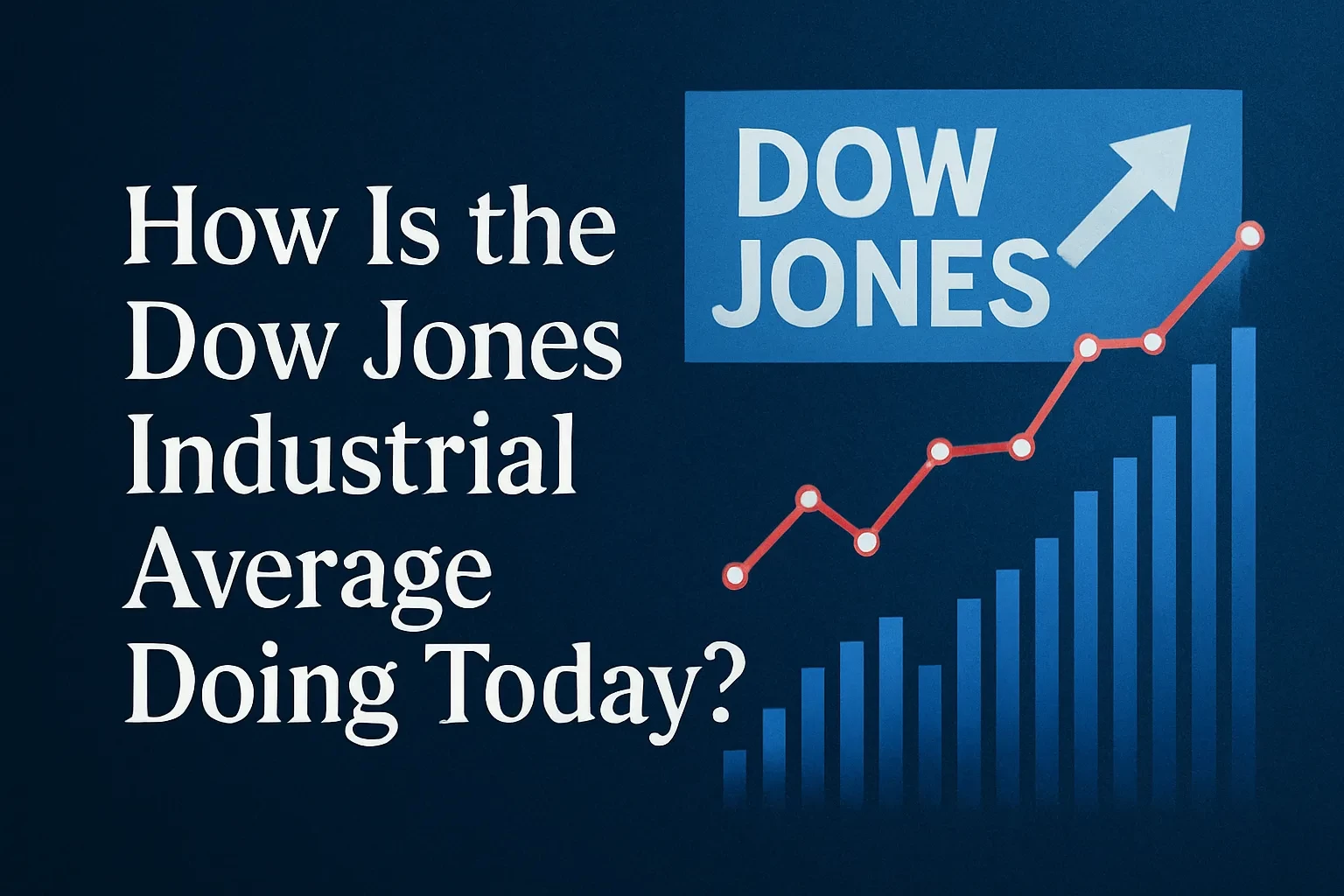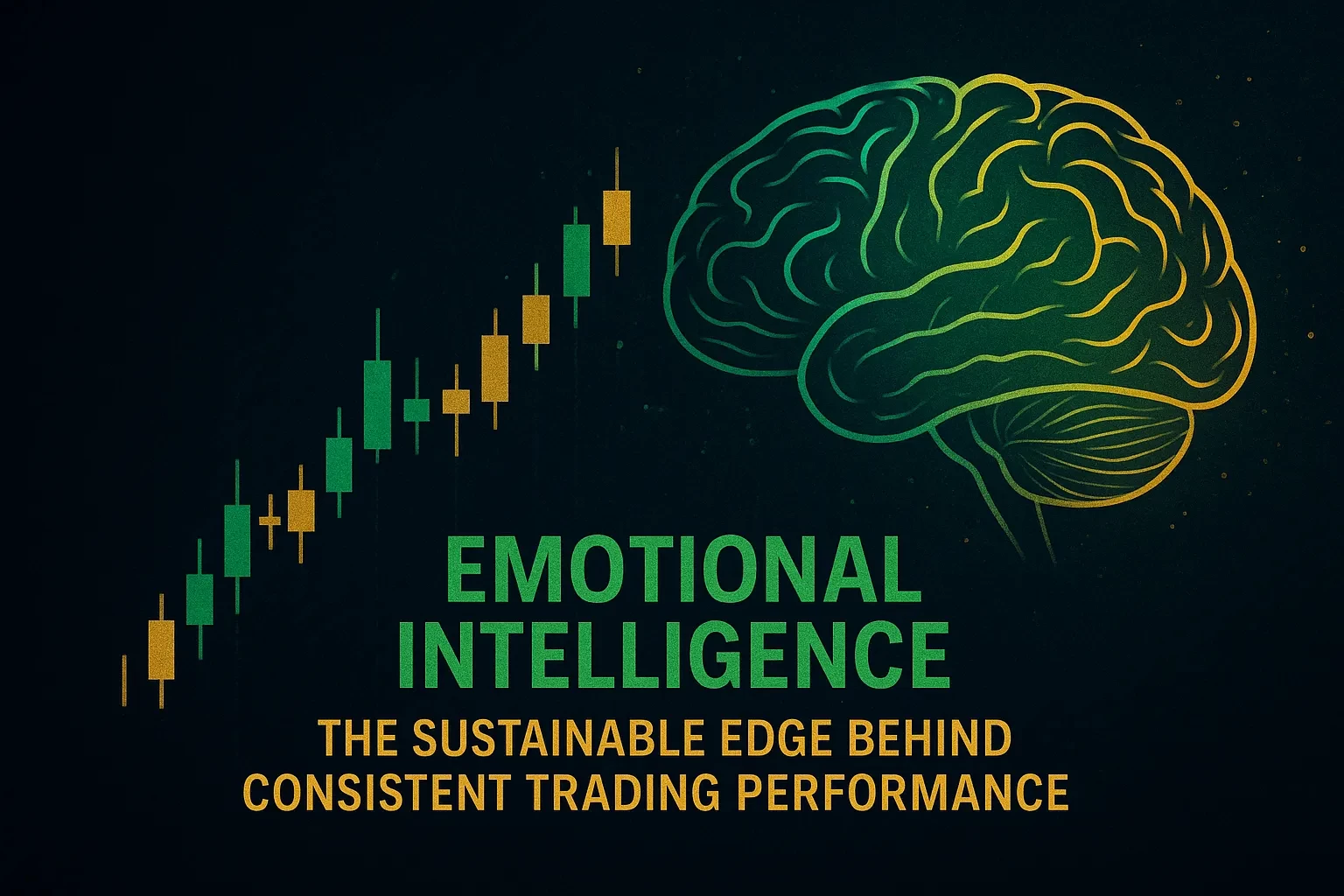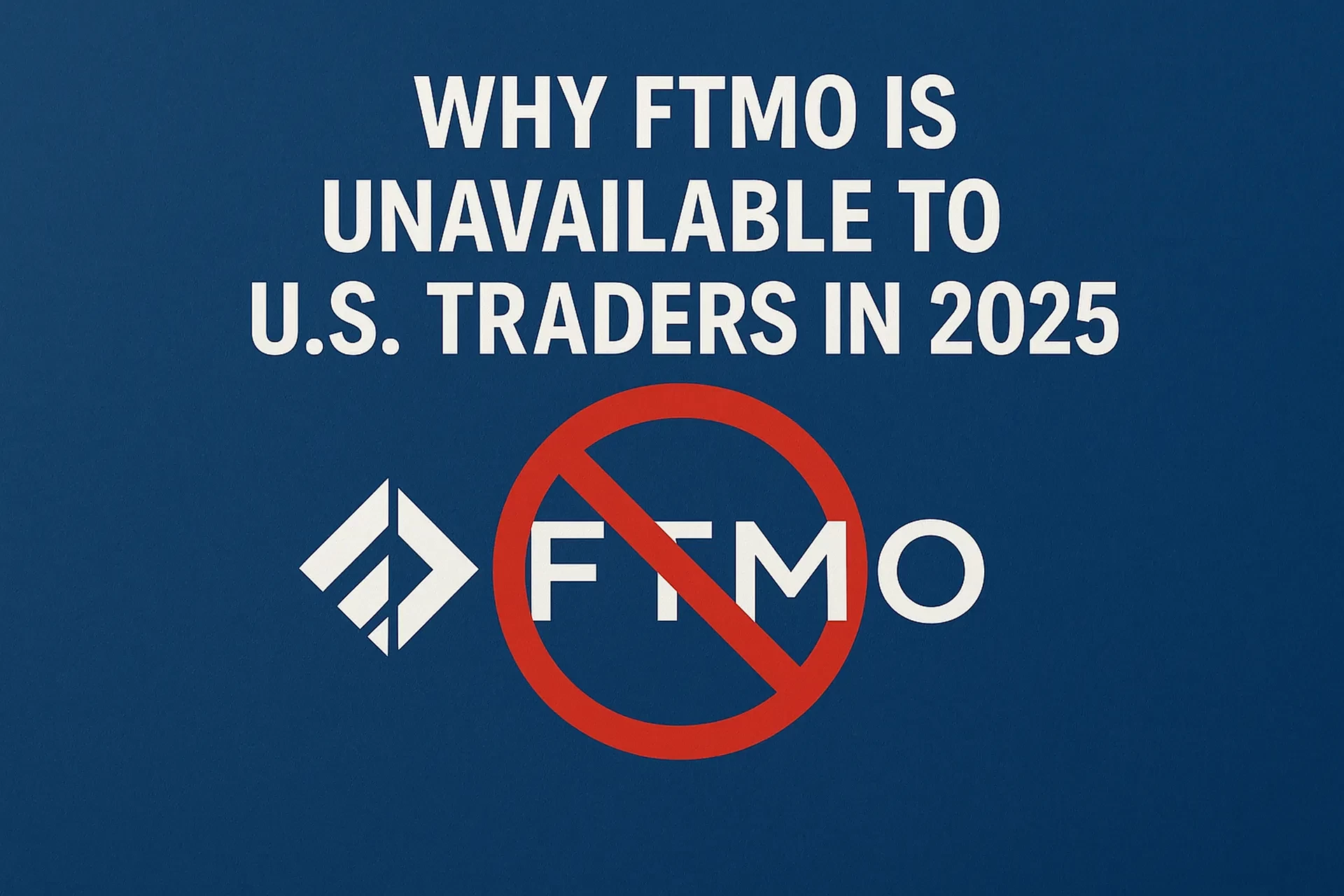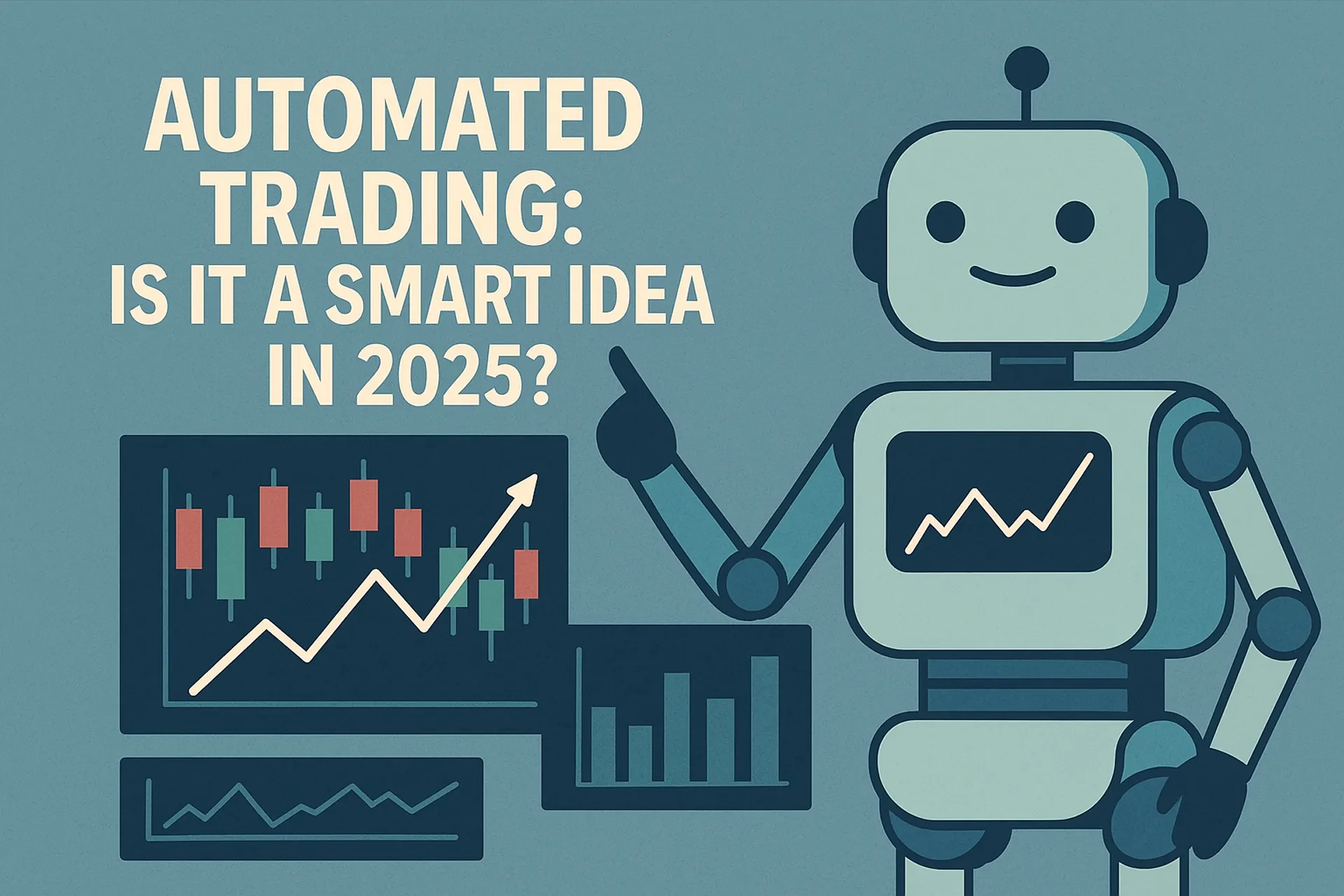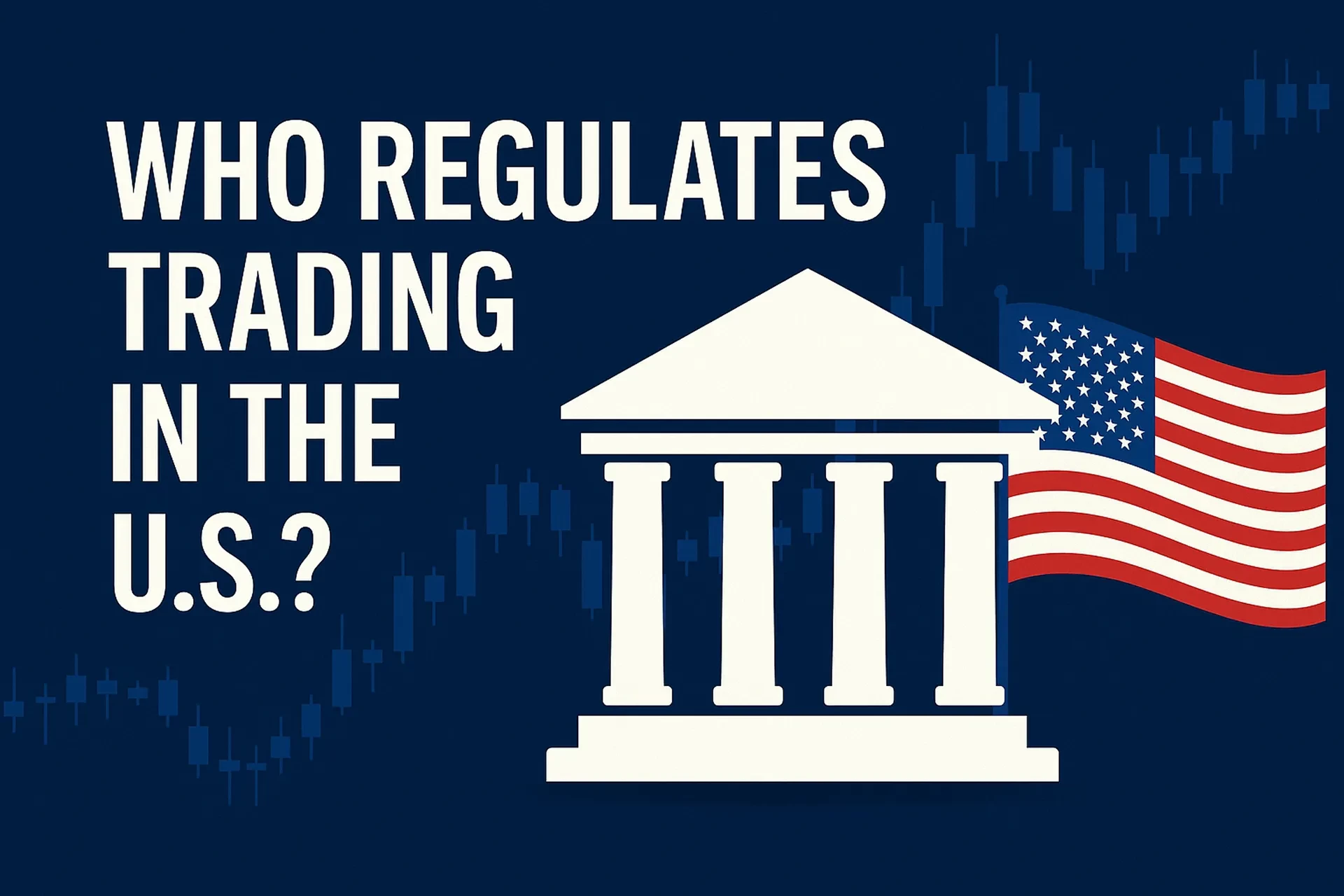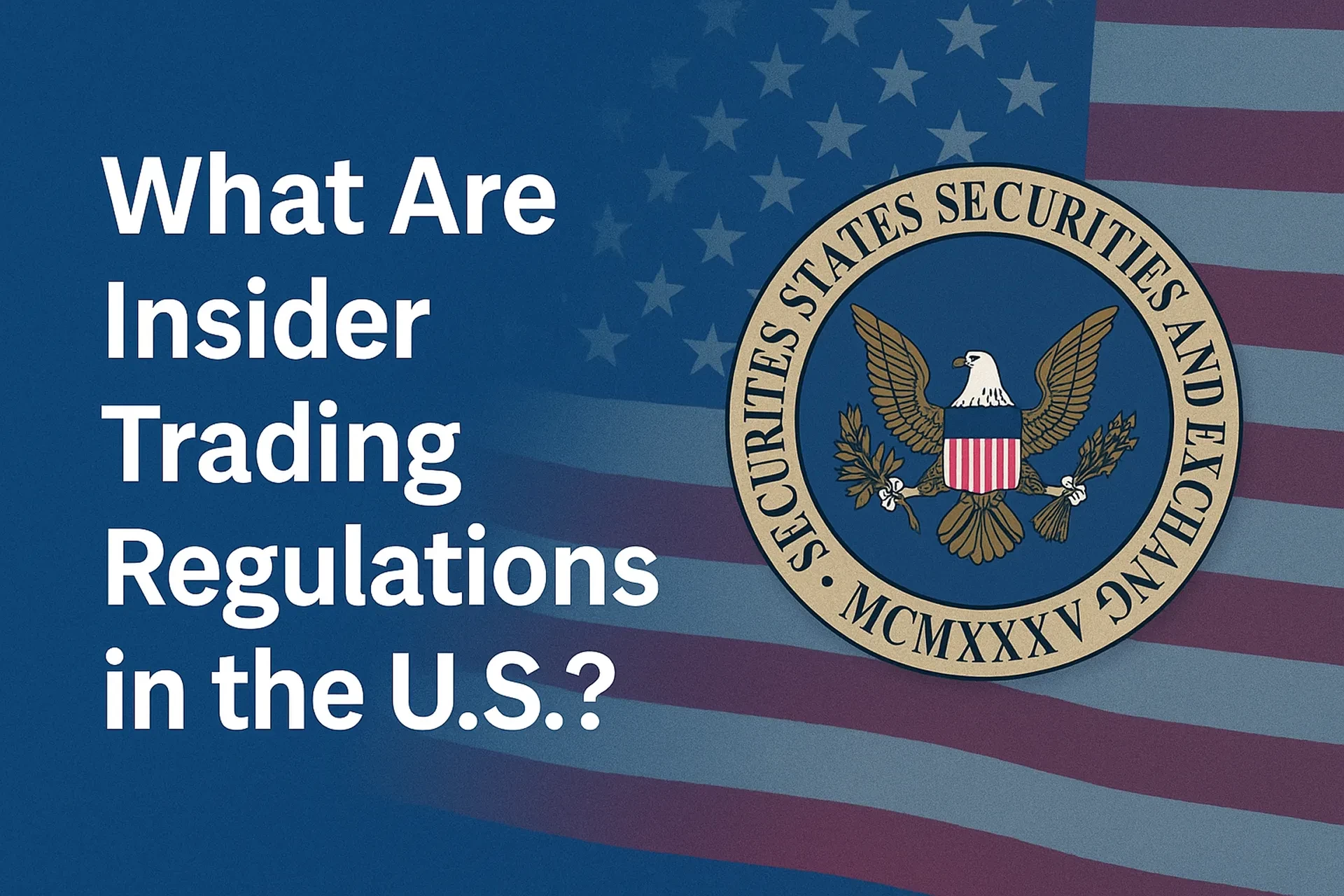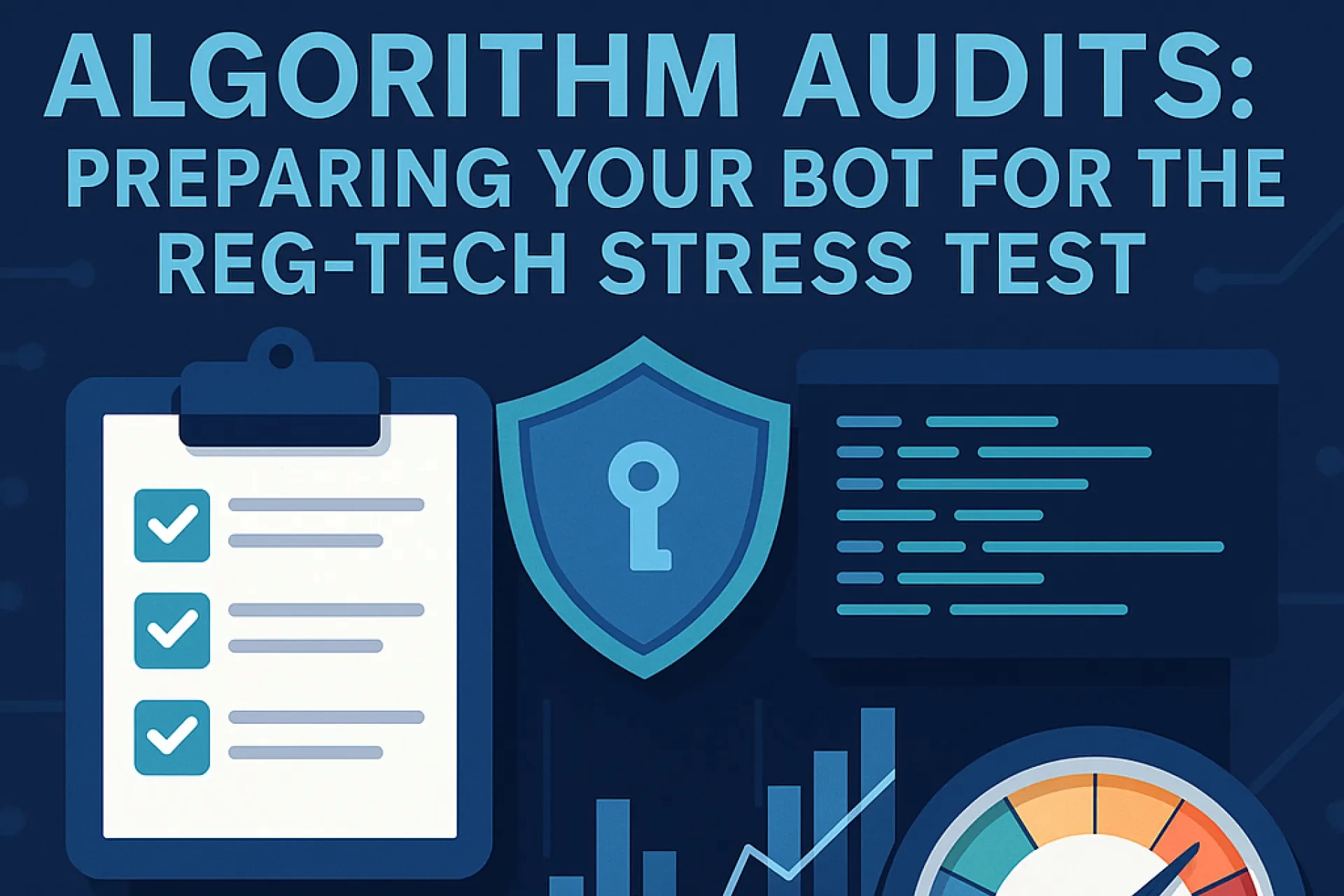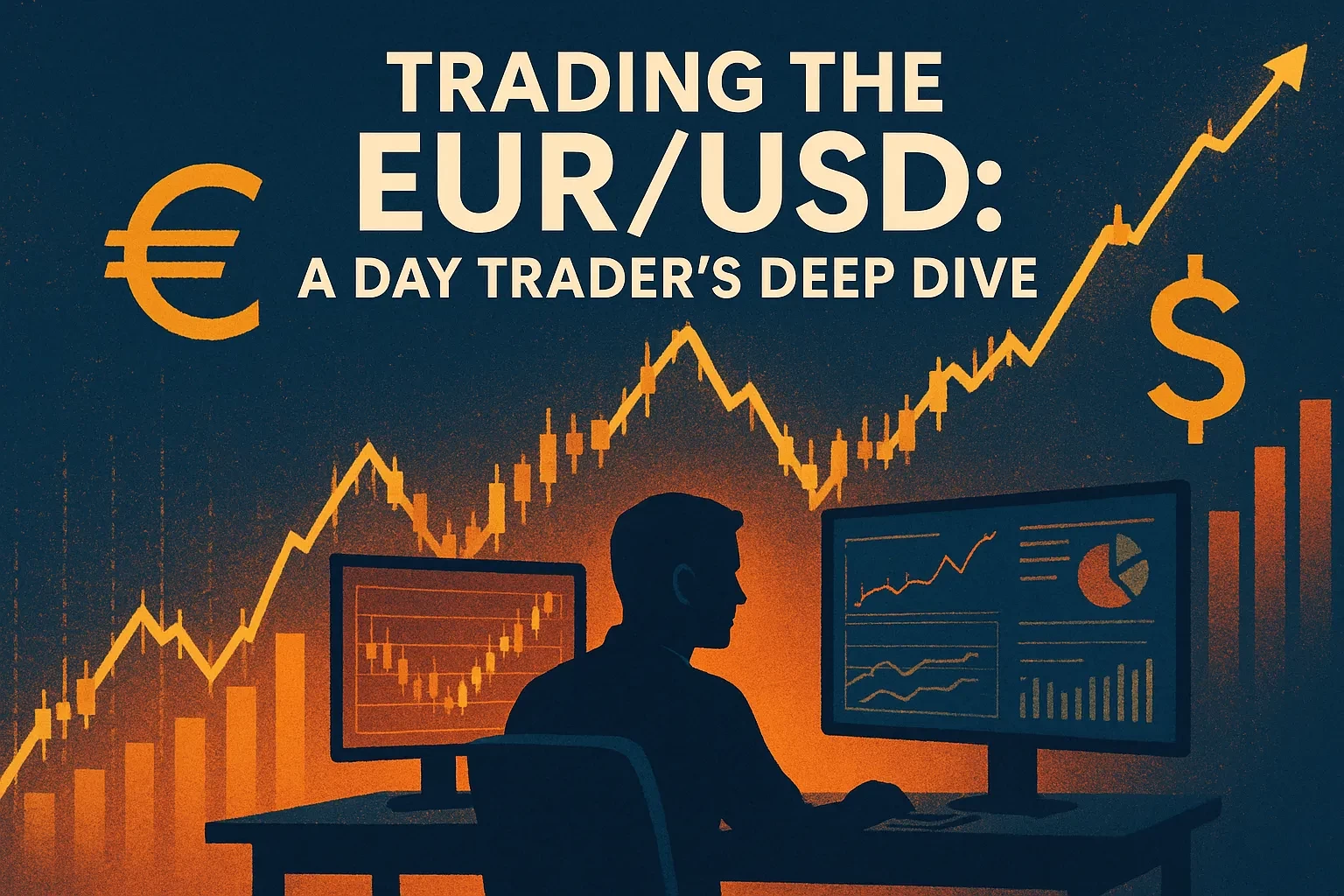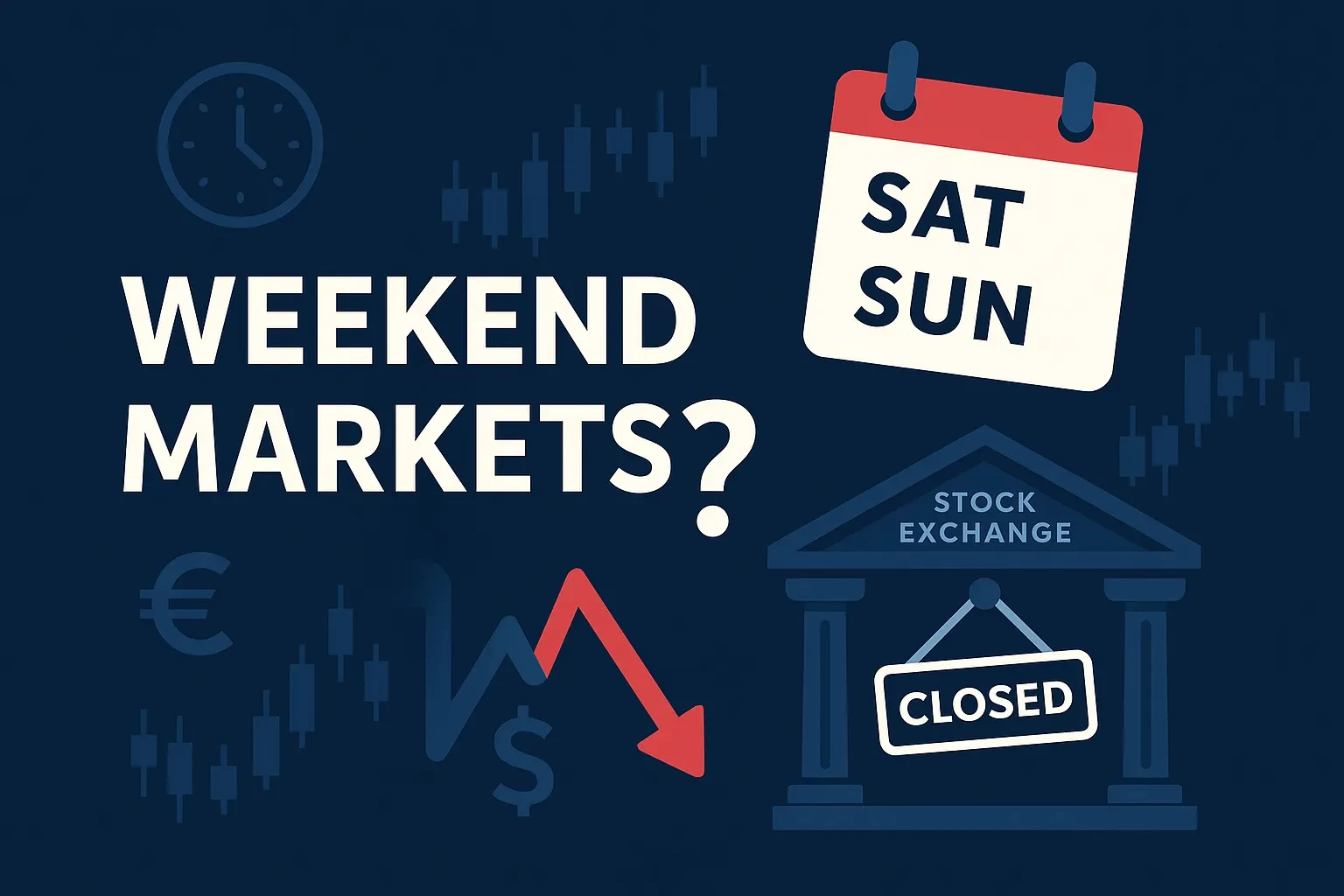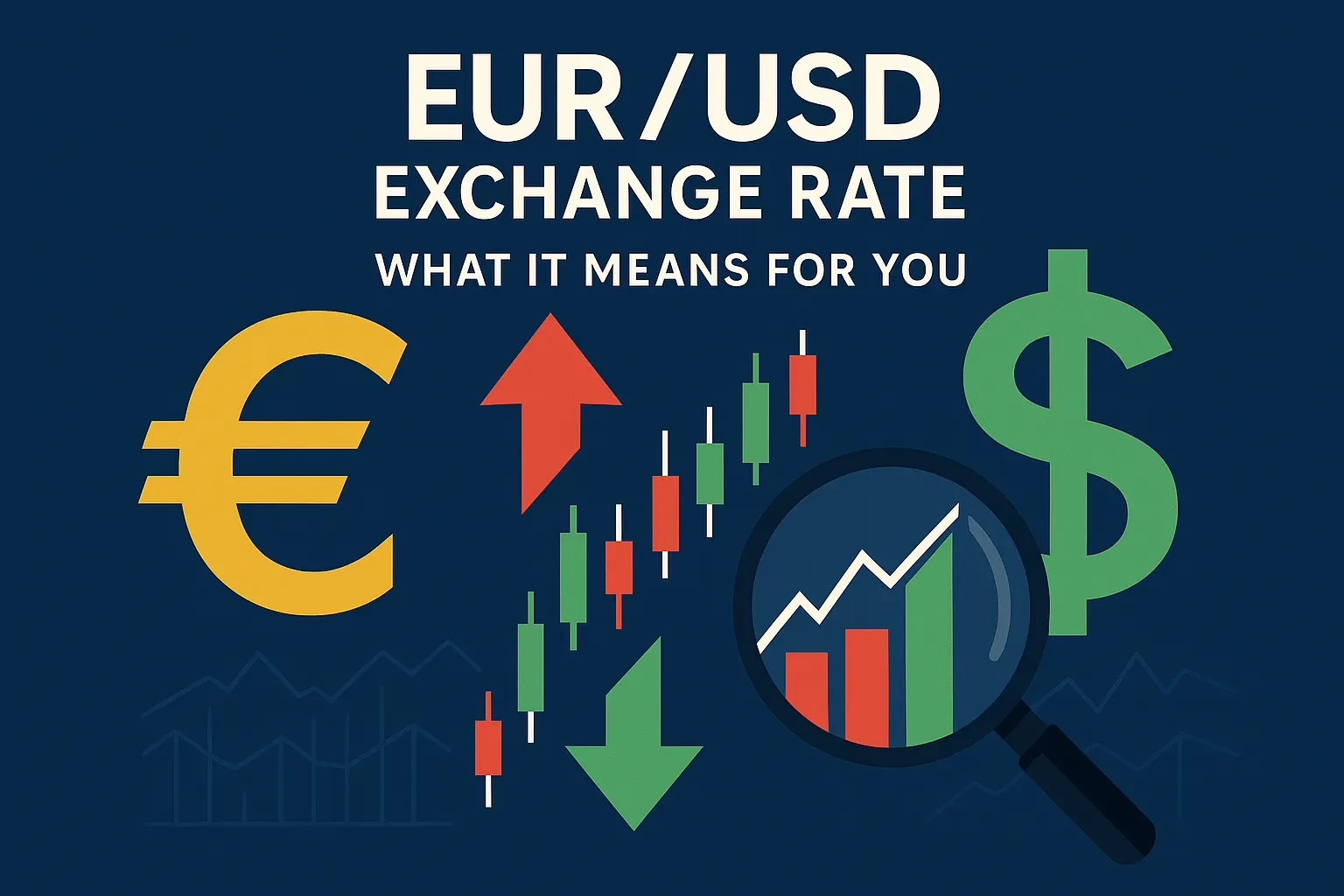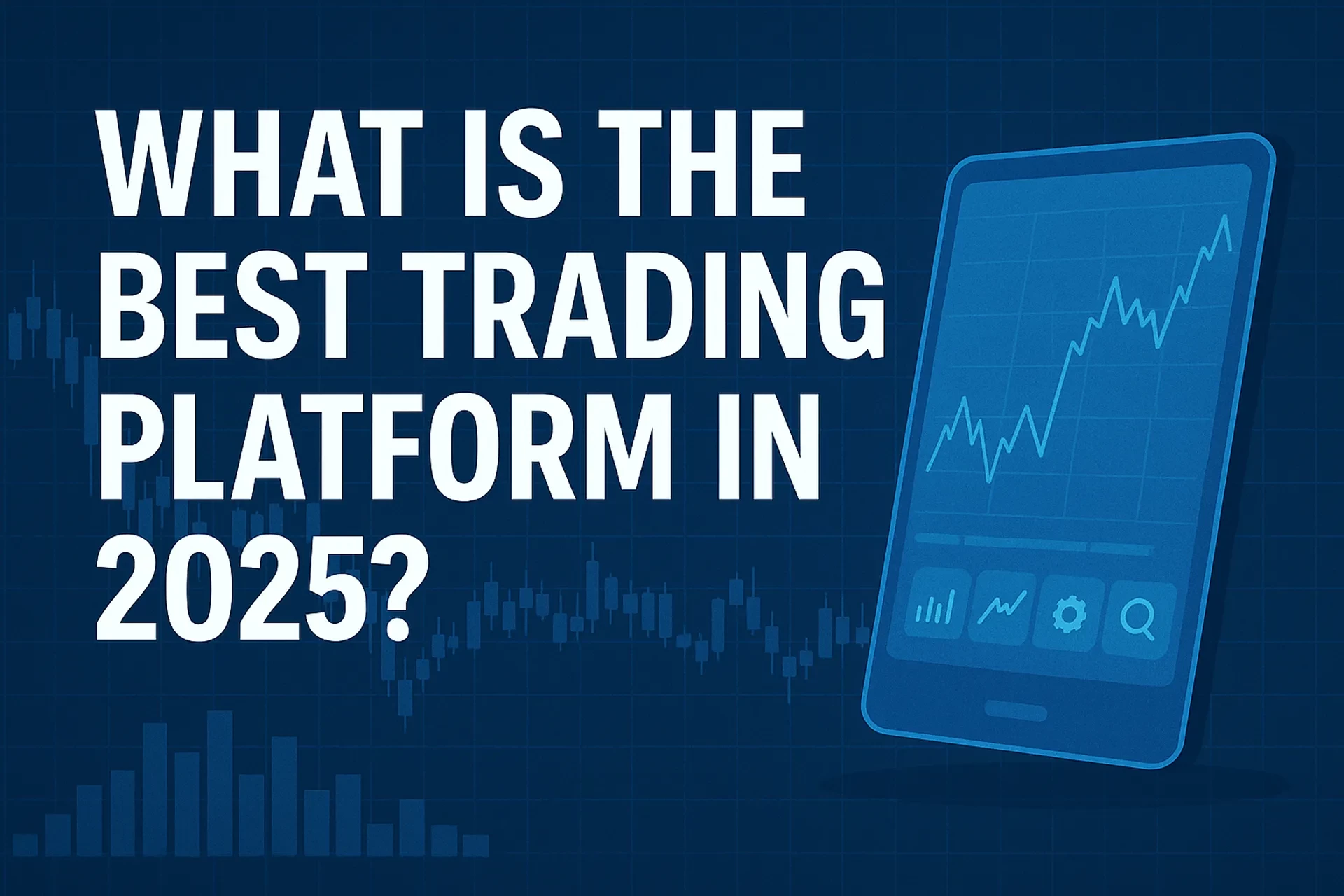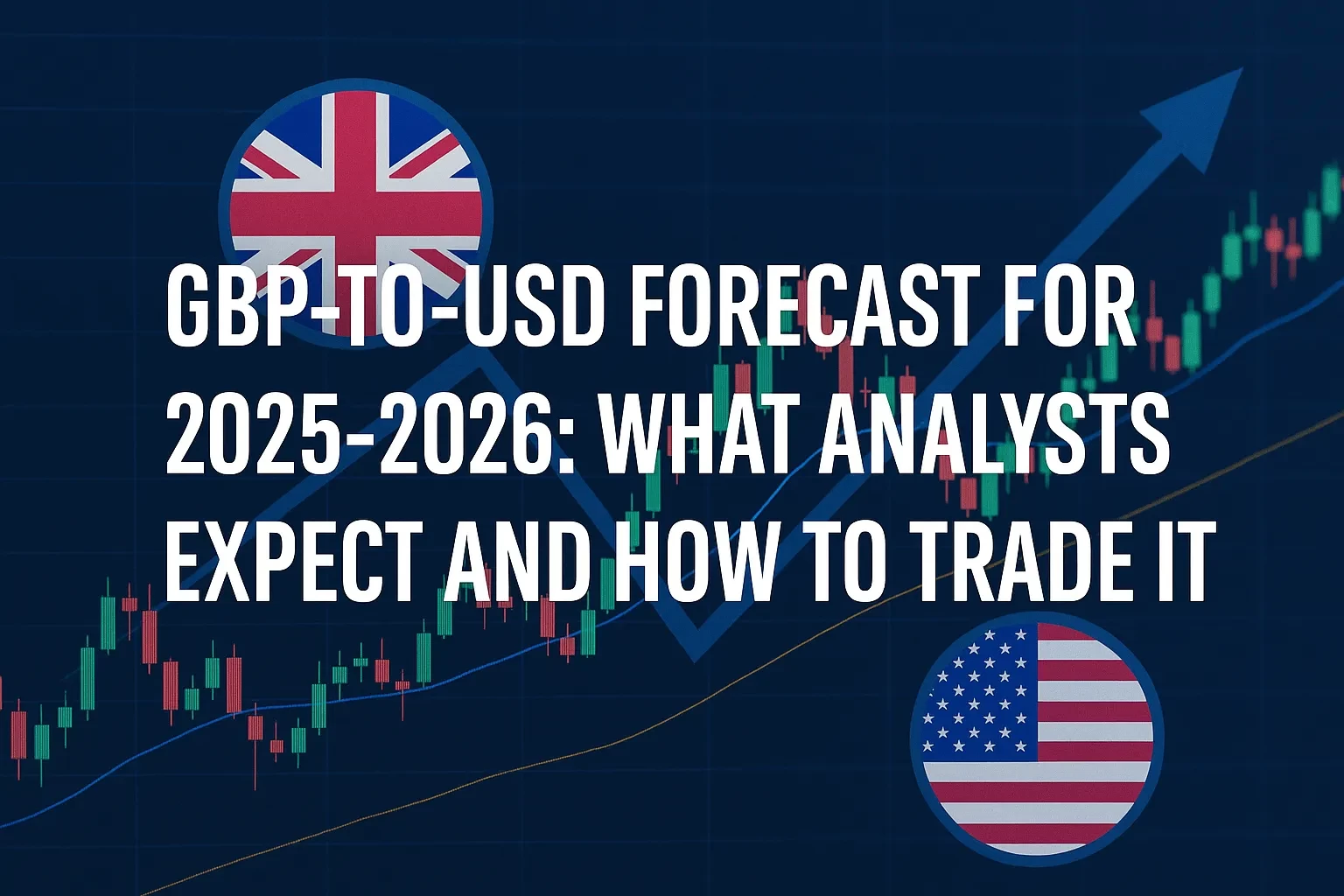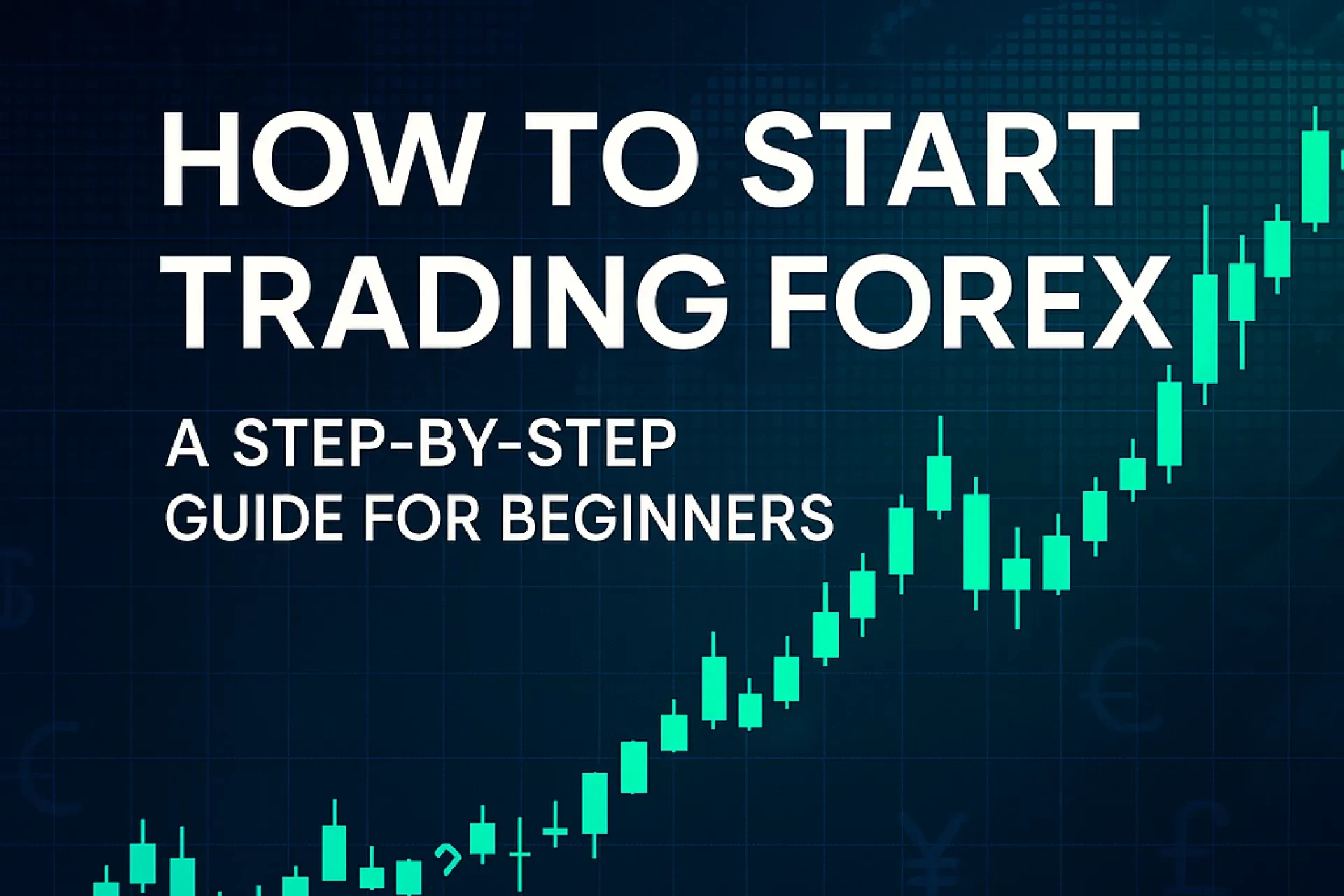Answer up front: When major U.S. data hits the tape, your job is not to predict every tick—it’s to survive the volatility, participate only when the odds and structure are clear, and manage risk as if you’re already wrong. This guide shows you how to trade U.S. indices around news in a disciplined, rules-based way instead of chasing chaos.
Disclosure: If affiliate or partner links are added to this content in the future, they should follow FTC guidelines, be clearly disclosed, and will not change the price you pay.
Table of Contents
Introduction: Volatility With a Clock On It
U.S. index futures (ES, NQ, YM) and cash index derivatives concentrate global expectations about growth, inflation, policy, and risk appetite. Unlike many market shocks, high-impact macro events arrive on a schedule:
• Jobs reports
• CPI and PPI releases
• Fed rate decisions and press conferences
• GDP, ISM, consumer sentiment, and more
Because the time is known in advance, you’re not a passenger. You can decide:
• Whether you will trade the event at all
• Under what exact conditions you’ll participate
• How much you’re willing to lose if you’re wrong in seconds
This article walks you through a professional-style framework for trading U.S. indices during news, including: how to use the official calendar, how to map levels before the release, one practical pattern to structure entries, how to size risk for event volatility, and how U.S. regulatory standards shape what “responsible trading” looks like.
1. Foundations: What You’re Really Trading During News
1.1 Indices as Macro Thermometers
Before you think in “setups,” get clear on what’s actually moving.
• S&P 500 (ES): Broad U.S. large caps; highly sensitive to policy, earnings, and growth.
• Nasdaq 100 (NQ): Tech and growth-heavy; reacts strongly to rates and risk appetite.
• Dow / US30 (YM): Price-weighted slice of blue chips; slower but symbolic.
Around news, you’re not only trading chart patterns; you’re trading the gap between:
• What markets expected (consensus)
• What actually printed
• How that changes future rate and growth assumptions
1.2 Scheduled Volatility: The Only “Ambush” You Can See Coming
Key examples (as of 2024–2025):
• CPI: U.S. inflation data released on a fixed calendar by the Bureau of Labor Statistics; each print can reset rate expectations.
• Employment Situation (NFP): Often triggers sharp index and yield moves in seconds.
• FOMC meetings & statements: Rate decisions plus press conference; forward guidance often matters more than the rate itself.
These catalysts are public, transparent, and heavily analyzed—meaning the surprise is not the event itself, but the deviation from expectations and how positioning was skewed ahead of time.
If you treat them as random explosions instead of priced-in expectations adjusting, you will overtrade noise.
2. A Practical Decision Framework for News Trading
Use this 4D Event Framework before you commit a single dollar:
2.1 Direction (Macro Bias)
• Are indices broadly trending up, down, or chopping sideways on higher timeframes (H4/D1)?
• Are rate expectations easing or tightening based on recent Fed communication and inflation trends?
• If you can’t articulate a simple, one-sentence macro bias, assume neutral and trade smaller or skip.
2.2 Deviation (Surprise Size)
For any data point, what matters is the deviation vs. consensus:
• Mild deviation → often a “fade the spike” environment.
• Large deviation → more likely a directional continuation after initial whipsaw.
If you don’t have live feeds, you can still work with principles:
• Strongly hotter inflation or blowout jobs → pressure on risk assets, especially NQ.
• Much softer data → supportive for indices, unless it screams “growth scare.”
When in doubt, reduce size rather than guess.
2.3 Design (Your Playbook)
Choose one of three roles before the event:
1. Observer: No trades; you only use the move to update levels and bias.
2. Reactive Trader: You wait for structure (e.g., a post-news range, pattern, or retest) before entering.
3. Pre-Positioned Trader: You build small, hedged exposure pre-event with clearly defined invalidation.
If your personality, schedule, or platform doesn’t support lightning-fast execution, you should rarely—if ever—be “scalper at second 0.”
2.4 Drawdown (Maximum Tolerable Damage)
You must define:
• Daily max loss (e.g., 1–2% of account)
• Per-trade risk (often 0.25–0.5% in news environments)
• “Circuit breaker”: stop trading for the day after X consecutive losses or one max-loss hit
If your framework doesn’t include capital protection rules, it’s not a framework—it’s a story.
3. Step-by-Step Playbook Around a Major U.S. Release
Here’s a robust sequence you can reuse for CPI, NFP, or Fed days.
3.1 T-24 to T-1 Hours: Preparation
• Check the official calendar (BLS for CPI, BLS for jobs, Federal Reserve for FOMC).
• Note the exact time (e.g., 8:30 a.m. ET for CPI/NFP; 2:00 p.m. ET statement + 2:30 p.m. ET press conference for FOMC).
• Mark key technical levels:
• Previous day high/low
• Weekly high/low
• Last swing high/low on H1–H4
• Volume nodes or obvious consolidation ranges
• Decide:
• Am I trading the first 5–15 minutes, the post-spike retest, or only later-session structure?
• What is my max loss for this event?
Write it down. You’re more disciplined on paper than in your head.
3.2 T-15 to T: Flatten & Tighten
• Close or reduce intraday positions unless they are:
• Intentionally sized for event risk, and
• Protected with hard stops and clear invalidation.
• Avoid placing tight stop orders directly at obvious levels; slippage can be brutal.
• Disable impulsive behavior: no revenge-trading plan = no trading.
3.3 T to T+5 Minutes: No-Hero Zone
For most non-professional traders:
• Avoid entering at the moment of release. Spreads, slippage, and fake spikes are common.
• Observe:
• Direction and strength of the first impulse
• Whether the move rejects or blows through pre-marked levels
• How quickly price snaps back (a sign of trapped traders)
If your platform or execution quality is retail-grade, trading the first seconds is usually negative EV.
3.4 T+5 to T+60 Minutes: Structured Opportunity
Now you look for post-news structure, not randomness. One example (value-add):
The “News Compression Breakout” Pattern
1. Price makes a violent move on release.
2. Then prints a tight consolidation (3–10 candles on 1m–5m) with lower volatility than the initial spike.
3. Your rules:
• Directional bias must align with broader trend or clear fundamental logic.
• Entry triggers only if price breaks the consolidation in line with that bias.
• Stop goes beyond the opposite side of the mini-range.
• Risk capped at your predefined per-trade amount.
This approach forces you to let the market show its hand before you participate.
4. Event Risk Management: Where Serious Traders Differentiate
News trading is less about brilliance and more about not blowing up.
4.1 Sizing for Volatility
• Cut your usual position size for news trades (e.g., half or one-third).
• Use recent ATR (Average True Range) on the 5–15m chart to gauge a realistic stop distance.
• If your required stop makes you exceed your dollar risk, reduce contracts or skip.
4.2 Slippage & Gaps
Assume:
• Your stop may fill worse than requested in fast conditions.
• Index futures can “jump” levels; plan for this by:
• Risking less per trade.
• Avoiding super-tight stops right at obvious highs/lows.
4.3 “Capital at Risk” vs “Ego at Risk”
You’re not trying to be right about the news; you’re testing conditions:
• Was the surprise big enough?
• Did price respect or violate key levels?
• Is there a clean structure you can define in advance?
If that structure breaks, you exit. No debate.
5. Mini Case Study: Index Reaction to an Inflation Surprise
This is a simplified example to show how to think—not a replay of any specific day.
Setup
• Account: $10,000
• Max risk per trade on news: 0.5% = $50
• Market: E-mini S&P 500 (ES), tick value $12.50, 4 ticks per point
Scenario
Consensus expects CPI at 2.8% YoY. Actual comes in at 3.2% YoY—hotter than expected, hinting at stickier inflation.
Market logic:
• Higher-for-longer rate expectations → pressure on equity indices, especially rate-sensitive sectors.
• Initial algo spike whips both ways, then ES starts holding below a key pre-news support turned resistance.
Execution (News Compression Breakout)
• After the spike, ES forms a tight 6-point range under that resistance.
• You decide to short a break of the range low with:
• Entry: break of range at, say, 5100
• Stop: above range high at 5115 (15 points = 60 ticks)
• Dollar risk per contract: 60 ticks × $12.50 = $750 → too large for $50 risk
So you:
• Drop to micro contracts (MES) where each point is $5 instead of $50.
• For MES:
• 15 points × $5 = $75 per contract → still too high for $50 risk
Solution:
• Either:
• Reduce stop (only if technically valid), or
• Trade 1 MES only if you find a 10-point technical stop (10 × $5 = $50), or
• Skip the trade.
Lesson: professional behavior sometimes means not trading when math doesn’t fit your rules.
6. Common Mistakes & Expert Fixes
Mistake 1: Trading Every Event
• Problem: Overexposure, fatigue, random outcomes.
• Fix: Pre-define “A-list” events you’re allowed to trade (e.g., CPI, NFP, FOMC only).
Mistake 2: No Scenario Planning
• Problem: You only know what to do if the number matches your bias.
• Fix: For each event, outline 3 paths: better than expected, worse, in line—and how indices might logically react.
Mistake 3: Using Normal-Day Stops
• Problem: Stops too tight; you get wicked out for no reason.
• Fix: Base stops on event-time volatility; reduce size to keep dollar risk constant.
Mistake 4: Chasing the First Spike
• Problem: Entering out of FOMO with no structure.
• Fix: Impose a mandatory “no-entry for X minutes” rule after the release (e.g., 3–5 minutes).
Mistake 5: Ignoring Regulatory & Broker Disclosures
• Problem: Underestimating real risk and product complexity.
• Fix: Read your broker’s risk disclosures and U.S. derivatives regulators’ materials so you understand leverage, margin, and liquidation mechanics.
7. Regulatory & Compliance Lens for U.S. Index Traders
If you trade U.S. index futures or CFDs based on them, you operate in a highly regulated environment for good reason.
Key points:
• Leverage & Margin: U.S.-regulated futures products come with formal risk disclosures; losses can exceed your initial margin.
• CFTC & NFA Oversight: U.S. futures commission merchants and introducing brokers must follow strict conduct, disclosure, and promotional rules designed to protect customers from fraud and abusive practices.
• Use Regulated Venues & Firms: Check registrations via NFA’s Background Affiliation Status Information Center (BASIC) before funding any account.
• Promotional Skepticism: Any strategy or signal service that implies guaranteed returns or hides risk is a red flag.
You should align your own behavior with this standard: transparent, risk-aware, and evidence-based.
8. Quick Reference Table: Events vs. Index Behavior (Illustrative)
| Event Type | Potential Impact on U.S. Indices | Key Questions for You |
|---|---|---|
| CPI / PCE Inflation | Reprices rate expectations; can hit growth and tech-heavy indices | Does the print shift “higher-for-longer” or easing odds? |
| NFP / Jobs Data | Signals labor strength & wage pressure; sharp opening moves | Is it confirming or contradicting recent macro trends? |
| FOMC Rate Decision | Resets policy narrative, affects yields & risk sentiment | Does guidance surprise vs. what futures priced in? |
| GDP / ISM / PMIs | Reflects growth momentum across sectors | Do equities confirm the story or fade it? |
Takeaway: Don’t memorize reactions; build conditional “if X, then reassess Y” rules around each category.
FAQ
Conclusion: Treat News as Structured Risk, Not a Casino
High-impact U.S. news does not exist to give you a quick paycheck; it exists to update the market’s collective beliefs. Your edge comes from respecting that process:
• You know when key events are scheduled.
• You can map levels, scenarios, and risk before the number hits.
• You can demand structured price action after the release before taking a shot.
• You can define strict limits on how much of your capital is exposed to these conditions.
Start by picking one or two event types, build a written playbook, backtest it on historical data, run it in simulation, and only then scale modestly with real capital. Combine this with strong risk management and reputable, regulated intermediaries, and you turn “news trading” from gambling folklore into a disciplined, testable approach.
Risk Disclaimer
This article is for educational purposes only and does not constitute financial, investment, or trading advice. Trading futures, CFDs, options, or any leveraged products involves a high risk of loss and is not suitable for all investors. Never trade with money you cannot afford to lose, and consider consulting a registered financial professional. Past performance is not indicative of future results.
Disclosure: If affiliate or partner links are added to this content in the future, they should follow FTC guidelines, be clearly disclosed, and will not change the price you pay.
Meta-description & Keywords
Meta-description: Learn how to trade U.S. indices around major news events using a disciplined, risk-first framework instead of chasing volatile spikes.
Keywords: trading news events, US indices volatility, S&P 500 news trading, Nasdaq 100 CPI reaction, FOMC trading strategy, economic calendar trading, index futures risk management, event-driven trading framework, CPI NFP trading plan, professional day trading discipline

